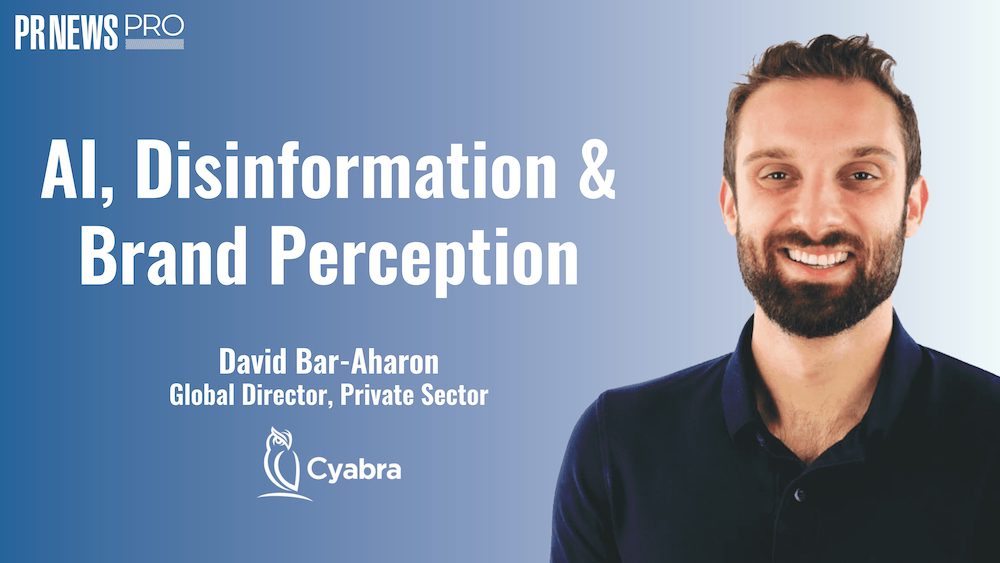Consumer comfort with e-mail as a marketing channel is growing, but that doesn’t mean marketers should turn away completely from traditional media. Online initiatives have a better chance of success if they work in tandem with other channels.
Participants in DIRECT’s second annual CRM roundtable, held earlier this month in New York, discussed the impact of new media on their CRM initiatives. “With the exception of the telegraph, we’ve never lost a medium,” said Len Ellis, executive vice president, enterprise strategy, Wunderman. “Television didn’t replace films. Film didn’t replace theater and radio didn’t replace phonographs. It’s all been cumulative.”
In addition to Ellis, other participants were Laverne Price, vice president, market research and strategic planning, Mony Group Inc.; Cliff Bussard, group vice president, direct marketing, Sun Trust Bank; Claudio Marcus, research director for CRM and business technology, Gartner; Susan E. North, vice president, client relations; Nykamp Consulting Group; and Mark Cataldo, director, customer relations management, WNET Thirteen. Representing DIRECT magazine were Ray Schultz, editorial director, and Richard H. Levey, senior writer.
For more from the CRM roundtable, see the March 15 issue of DIRECT. Following are a few excerpts from the discussion.
DIRECT: Are customers’ preferred methods of communication shifting to newer media like e-mail?
CATALDO: Over the last five years, we’ve seen a 700 or 800 percent increase in e-mail replies, and traditional mail has just dwindled. We’re seeing a tremendous increase in the last two years where people want to make donations from a Web site. But phone has actually gone up for us too. Our overall volume has increased significantly over the few years, across the board.
ELLIS: The big challenge is to try to figure out the best mix is of channels and the best contact strategy. Do you send the brochure first and then the e-mail and then the telephone call, or do you call people up first and say we’re going to send you something in the mail, look for it, and follow up with an e-mail. It’s a question of how to orchestrate the channels, so you get the least intrusive impact but the highest possible response rate.
PRICE: I would agree. That’s been our biggest challenge. Not necessarily increasing one channel and decreasing another but figuring out what’s the best way to optimize it. And of course, due to the nature of the products we’re selling, contact has to still be there, because while on one product we may feel comfortable on a direct basis or talking to someone on the phone, for another product they may want to sit down and actually talk to someone.
BRUSSARD: We’re in the very early stages of being able to service customers effectively via Internet or via e-mail. But we’ve found pretty quickly that while the volume through those alternative channels has increased rather exponentially, it’s a lot of repeat activity and so it may not be quite representative. It’s certainly not reflective of overall growth and the number of customer interactions or transactions. There seems to be a greater likelihood that if you have a customer who is trying to interact with you via phone or e-mail, they are typically contacting you more regularly than through the more traditional means.
NORTH: I know a lot of organizations I’ve worked with would love to be able to do more e-mail communications because of the cost savings, etc. But they have 12 million customers and 67,000 e-mail addresses. So they have a very steep hill to climb in terms of just capturing e-mail addresses and getting them to a point where they’re useful.
ELLIS: And e-mail addresses change more frequently than snail mail addresses, so there’s a problem with the quality of the file.
NORTH: Absolutely. And then of course the temptation is ‘oh great, I have these e-mail addresses, I’ll mail them every week’, so the tendency to abuse that channel or media is ‘well, why shouldn’t I include everybody in every mailing, its cheap’. It gets back to the permission issue. So you have to resist that temptation to e-mail them every day. You have to have the ability for [customers] to go in and change the frequency with which they want to receive certain things and manage the contact strategy.
DIRECT: In the next 12 months, what do you see in terms of CRM expenditures, issues and total economic forecast. Any predictions?
MARCUS: People are going to try to drive greater return from the investments they’ve already made. People have spent a lot of money over the last couple of years, addressing some of the people process issues. In terms of incremental expenditures, I think analytics is an area where we’re going to see increased investments. How do we orchestrate things for optimal results? And I’m talking about deep analytics, not just measurement and recording, which has been rather popular in the past few years. That’s nice but it doesn’t give you a lot of insight. You still rely on users to drive the deep insights, where the deep analytics saw some promise in terms of helping us understand these more intricate relationships.
 Network
Network

